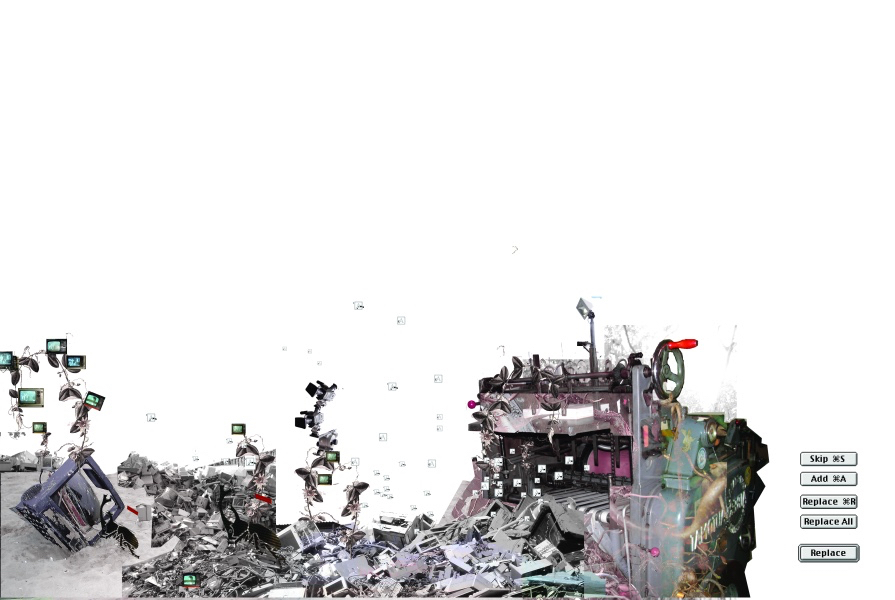It’d better be different
Thoughts on how to develop an attitude to technology that is smart enough to be at once suspicious and clever enough to get under the lid, and get to work at deeper levels than users are scripted for.
Should any society that can’t deal with the waste it produces be allowed, allow itself, to produce anything new? Why should we be celebrating the creative use of computers, electronics, media systems, when they are simply plastic wrapped condensations of heavy metals and other poisons?
Including excerpts from Towards an Ecology of Media Ecology, introduction to the .x-med-a. published by FoAM, nadine, Okno and iMAL, to reflect on education and play, poetics and aesthetics, technology and collaboration, politics and economics of experimental media arts.
Images from the .x-med-k. workshops Media Ecologies: Tech Nouveau and Fabbing, the Splinterfields workshops on Mathematickal and Electromagnetickal arts, and the Silent Dialogues expedition.
Can we imagine a technology that is able to disentangle itself from technocracy, the idea that all the world’s problems can be solved by the application of a narrow band of productised science?

Technology is the absolute narcissism of the image of control and it is the shrapnel launched by the explosion of a social and ecological reality that is out of control.
Technology is anything produced by humans and other primates, several birds, termites, spiders and other organisms that allows them to trick themselves into associations with other entities, associations that make them more than just wildly spinning atoms: a held leaf that catches rain, an ear trumpet, a dog lead, nerve gas and medicine. Technology and capitalism are not mutually symmetric. Whilst they may have co-evolved, the one does not necessarily imply the other. One may have grown so much inside the other that it cannot continue to exist without a vampiric life support system. In such cases it should be ditched, dismantled.
How can we understand and reformulate what we do in terms of the crucial realisation that the planet we inhabit is undergoing a catastrophe in which technology is both deeply implicated (the internal combustion engine, powered flight) and never more required (atmospheric monitoring and computer simulation of climate and ecologies)?
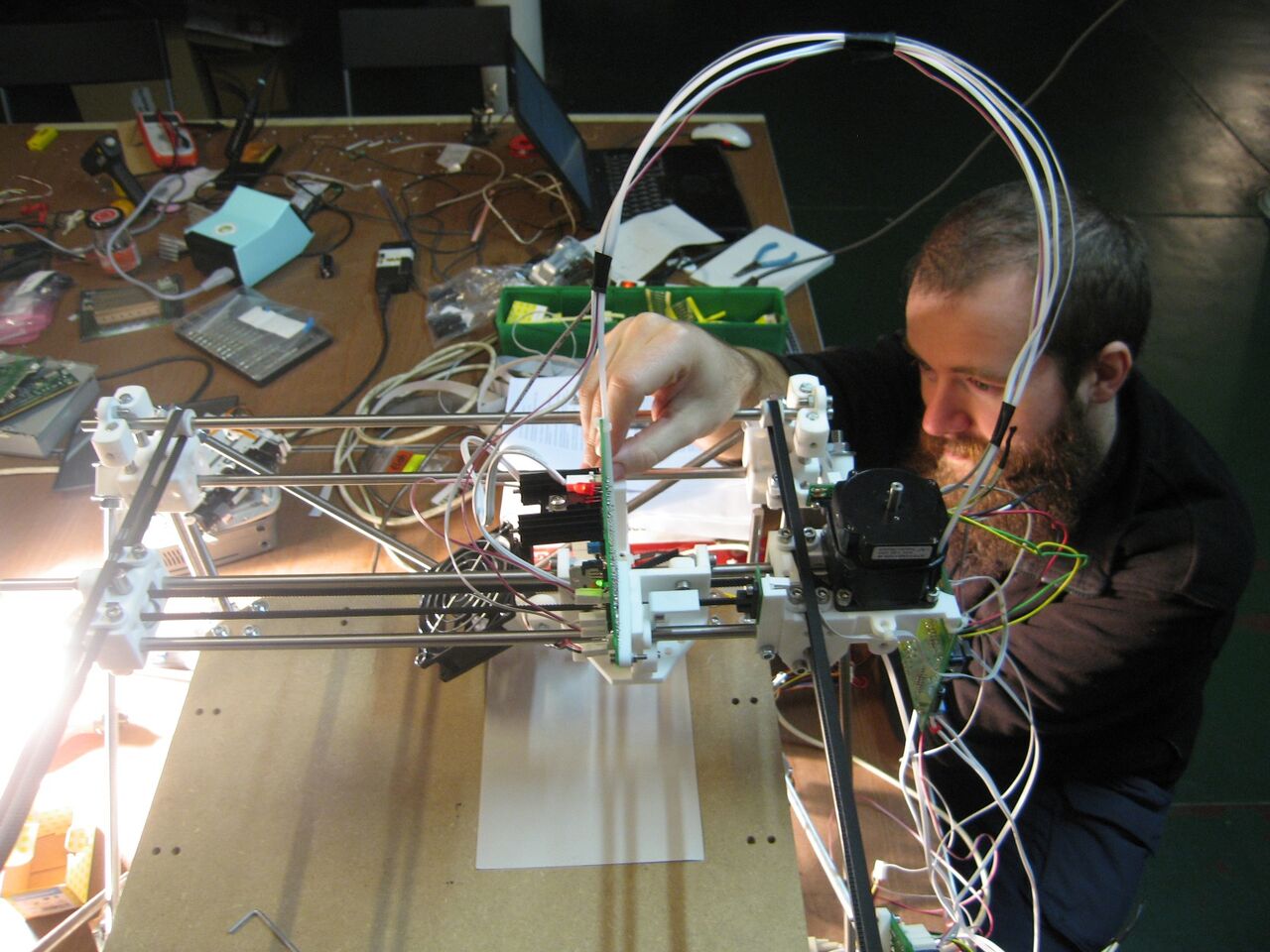
Firstly, sort out your own shit, by this I mean, let’s change what we have the power to change: the basic utilitarian measures should be taken, now. Equally, this is a working area that can make a massive contribution to the thoughtful diminution of the amount of energy used. Artists, designers and others working with computational and networked digital media are well placed to imagine and kick-start globalised communication cultures, devices, and technologies that supersede our reliance on carbon-releasing burned fuels.

A sage involvement with technology would aim at moving in two directions. The first would be to disentangle skills, materials, devices, ways of knowing and making from the ways they might imply a reliance upon and an inevitability of the planetary suicide pact. The parallel approach would be to work out the means by which, firstly, technologies, and by this I also inherently mean those of media, can be developed in tandem with forms of life which supplement and enhance the earth’s ability to self-organise in ways that allow continued and delightful human existence as part of this planet; and which secondly, allows us to find ways of testing existing technologies against such a criteria, finding ways of conjoining and working them against such a requirement.
On the one hand, this means we run the risk of riddling the world with yet more figures and devices of technocratic hubris. On the other, it means we have a chance to rethink technology, computation and the qualities of our materials.
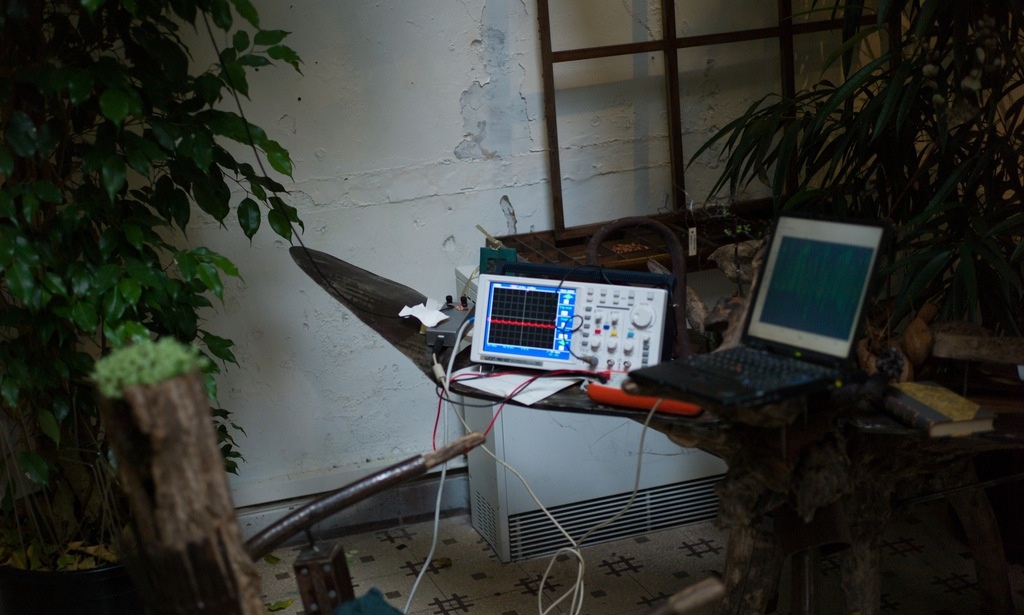
Four broad currents can be identified.

Firstly, tinkering: knowledge acquisition as a form of direct action; the joyful, dogged, and ‘intellectual property’ defying, testing and conjoining of things to find out what they can do.
Secondly, people using technologies for purposes beyond their original intentions or understood conventions – such as developing computational clothing that interacts as a mischievous, doggedly, annoyingly, recursively horny, partner-in-play; or in learning by reverse engineering – and taking that principle onwards to the reverse engineering of learning.
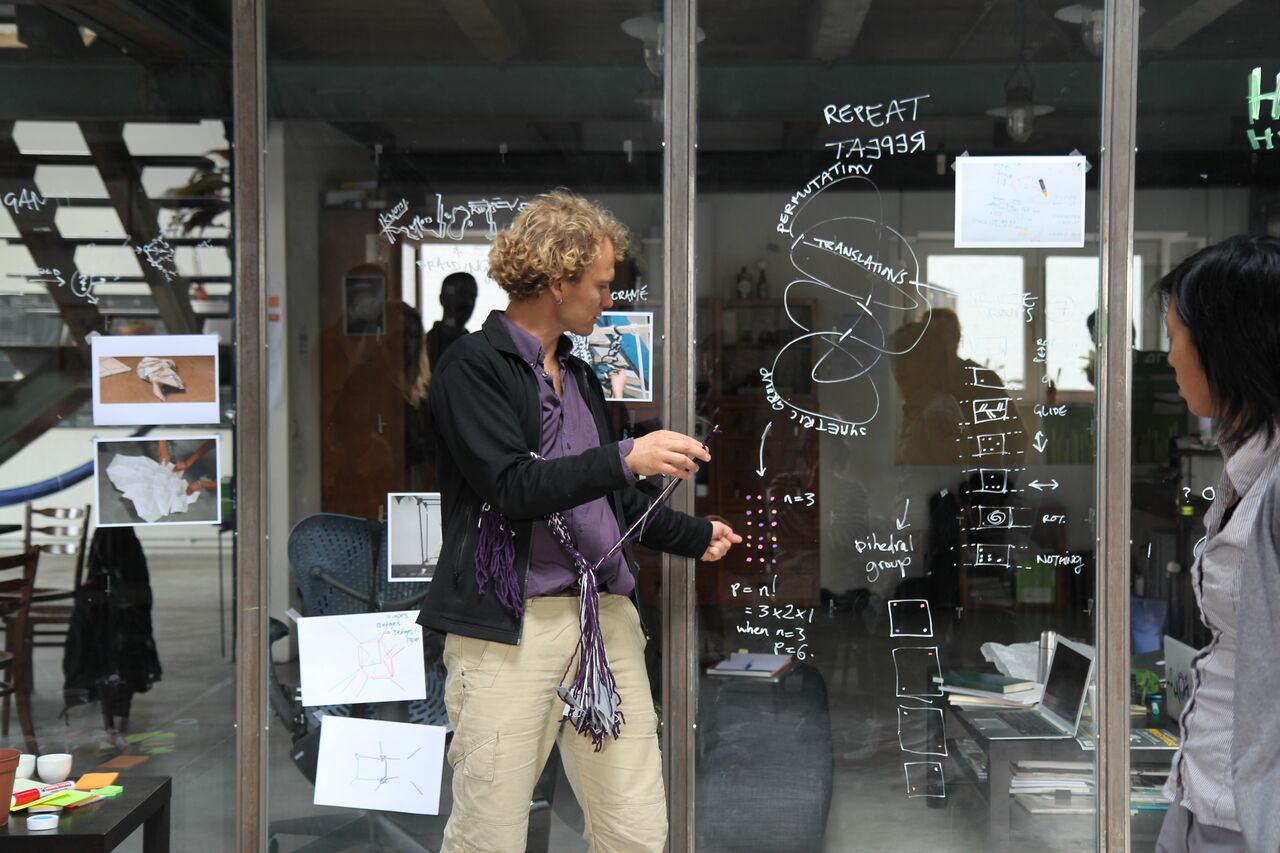
Thirdly, recognising the synthetic novelty and power of mathematico-material drives, conjugations of abstraction, calculation power and the capacities of different kinds of matter.
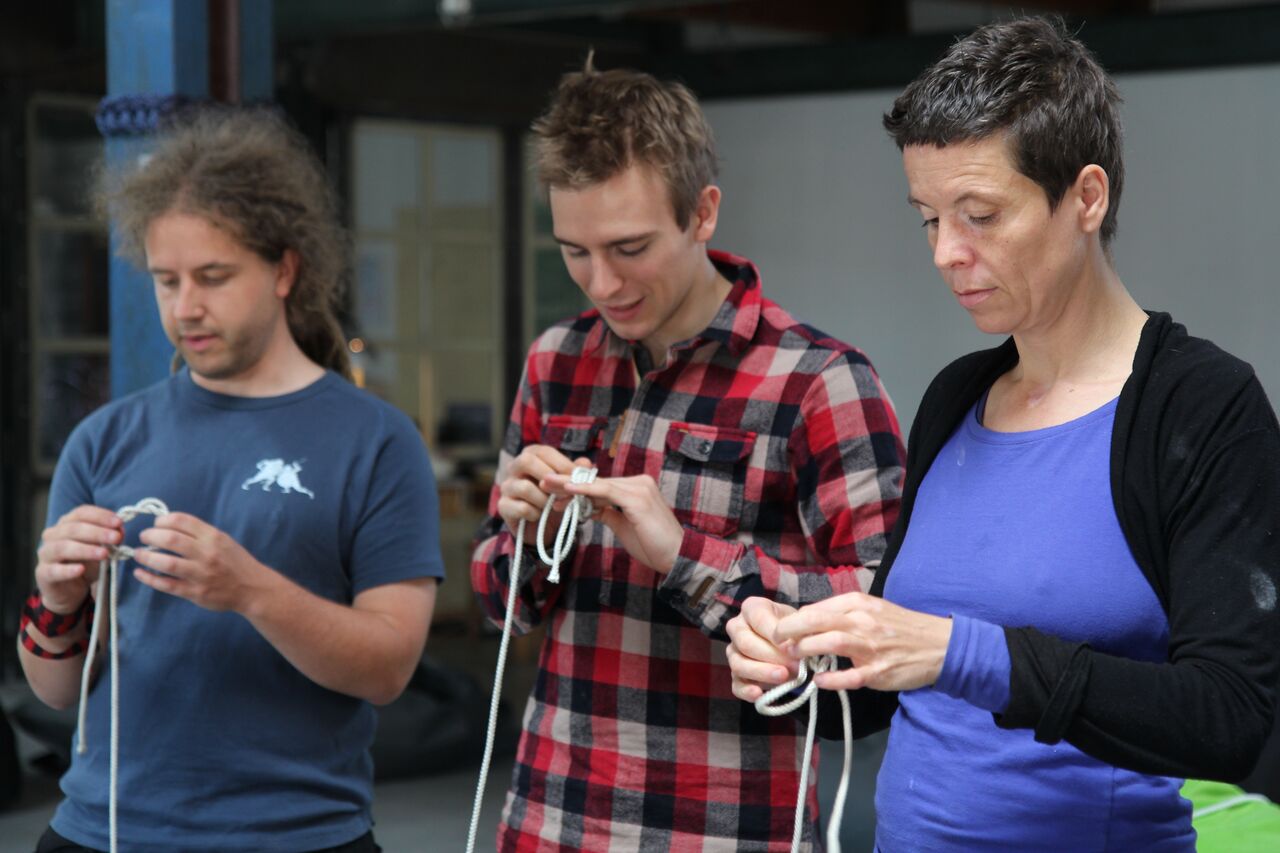
Fourthly, a revalourisation of materials, techniques and skills that, according to the script of the economic suicide pact, should be reviled as outdated. Instead, knitting is coupled with computing and media campaigns against slavery and corporate domination of the imagination. Here we can see handcrafts and supposedly ‘obsolete’ knowledge, technologies that are out of date but that crunch numbers, make words appear, make patterns fly between fingers and flow structure-forming, entropy-defying information through networks and between people and things.
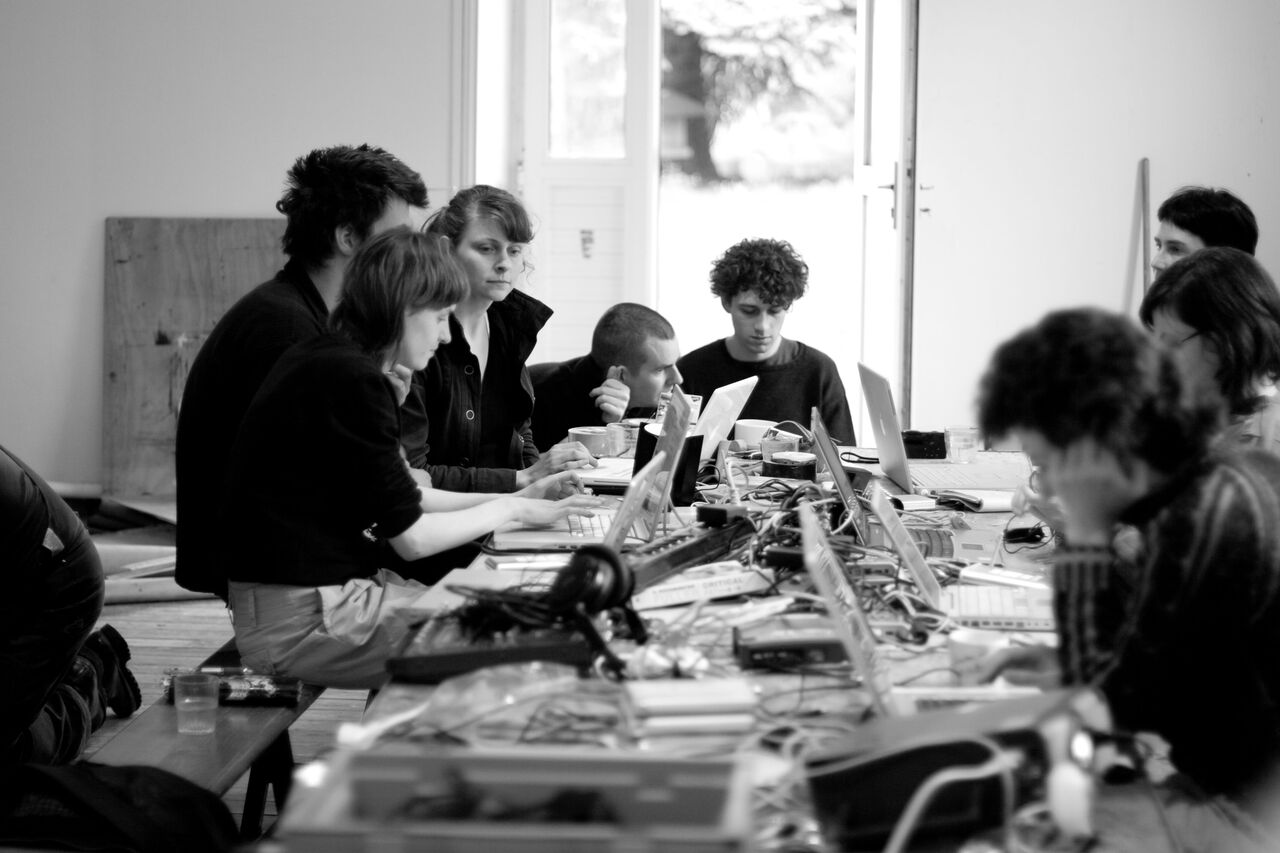
Alongside these elements of work, one can see that the organisation and knowledge practices that accompany them and make them live: the interplay of workshops; collaborative groups; skill-sharing; free software, open repositories of programs and information; and a principled curiosity that operates as much through sensuality as by logic and the possession of technique...
These are all ways of working that need to be developed, and in turn to broaden their scope. If we allow ourselves to make something new, it had better be different.
